Six Foaks Cellars
Domaine Benjamin Taillandier
Six Roses 2019
Strawberry, rhubarb, watermelon
Rose?
Dry and lovely — 5 years ago
Orin Swift
EDITION XII SIX CITIES SIX NIGHTS Grenache Syrah
Another wine from Orin Swift Cellars. And another one I love. It’s bold and deep. The nose is full of ripe plum, and some other dark fruit with a sweet vanilla. And on the palate it opens itself with some chocolate and a leather. Eight Years In The Dessert needs decantation. Give this wine an hour in a glass and you won’t be disappointed. — 6 years ago
Krug
Grande Cuvée Brut Champagne Blend
@Mike R Never comes empty-handed. This is one of six different bottles he brought with him for the night. What away to start an evening. Can’t thank you enough driving down to Greensboro, NC. for the night. Enjoyed this beauty- at Sam Snead’s cabin where he & his Beautiful bride stayed at. — 6 years ago


Predator
Six Spot Lodi Red Blend 2015
Chocolate and cherries — 8 years ago
Dominio de Pingus
Flor de Pingus Ribera del Duero Tempranillo 2004
With six hours of air in the decanter the wine is superb! Dark notes bearing the signature of Riberera Del Douro but also beautifully balanced with nice secondary and tertiary flavors coming through. It did feel quite dehydrating though. Bottle consumed over three hours after the six hours in the decanter and held up nicely all through the Spanish themed tapas dinner — 8 years ago
Lemelson Vineyards
Six Vineyards Pinot Noir 2014
Julie's birthday — 8 years ago
Kenwood Vineyards
Six Ridges Russian River Valley Pinot Noir 2015
Very smooth. Very nice combination with red pasta sauce. Definitely will buy again — 6 years ago
Andrew Thomas Wines
Six Degrees Vineyard Selection Sémillon 2018
tried at hunter valley. lightly sweet & summery, easy to drink. — 7 years ago
Château Brane-Cantenac
Grand Cru Classé en 1855 Margaux Red Bordeaux Blend 2005
I have a six-pack of this 05. I thought after 10 years in bottle, it would be interesting to check in on its evolution. While tasty, I’ll wait another 8-10 to open another. Even after 2-3 hours in the decanter, it’s still a very young adolescent. On the nose, slightly sour blackberries & dark cherries, dark currants, baked black plum, haunting blue fruits, anise, whiff of spice, steeped tea, dry stones, dry crushed rocks with dry top soil, caramel, vanilla with fresh & dry red florals. The body is thick & full. Tannins are starting to round out. It’s velvety on the palate. The fruits are; bright, fresh & ripe and really show the greatness of the 05 vintage. Dark currants, blackberries, dark cherries, baked black plum, haunting blue fruits, baked strawberries, cherries, raspberries on the long set, dark spice, clay & loamy dry top soil with crushed rocks, dry stones, cigar with ash, graphite, dry stems, slight herbaceous character, mint, used leather, clove, caramel, vanilla, fresh & dry red florals with violets. The round acidity is about perfect. The structure and length are still strong. The balance is in harmony. As for the long finish, it’s lush, ruby, rich and well polished. Photos of; Chateau Brane Cantenac, large wood vats, Henri Lurton and Estate vines. Producer notes and history...Chateau Brane Cantenac began in the early 17th century. At the time, the estate was known as Domaine Guilhem Hosten. Even that far back, wine was produced from the property. In fact, the wine was so highly regarded it was one of the more expensive wines in Bordeaux. It sold for almost as much money as Brane Mouton. This is interesting because of who went on to buy the vineyard in the 1800’s. The Baron of Brane, also known as “Napoleon of the Vineyards”, purchased the Chateau in 1833. At the time of the sale, the estate was called Chateau Gorce-Guy. To get the funds needed to purchase the Margaux vineyard, the Baron sold what is now called Mouton Rothschild, which was at the time of the sale, known as Chateau Brane-Mouton. Not such a good move with hundreds of years in hindsight! In 1838, the Baron renamed property taking his name and the name of the sector where the vineyards were located and called it Chateau Brane Cantenac. The Chateau later passed to the Roy family, who were well-known in the Margaux appellation in those days, as they owned Chateau d’issan. Moving ahead to 1920, the Societe des Grands Crus de France, a group of merchants and growers that owned several chateaux located in the Medoc including; Chateau Margaux, Chateau Giscours, and Chateau Lagrange in St. Julien, purchased Chateau Brane Cantenac. Five years later, M. Recapet and his son-in-law, François Lurton, took over Brane Cantenac along with Chateau Margaux. Lucien Lurton (the son of François Lurton) inherited Brane Cantenac in 1956. Today, the estate is still in the hands of the Lurton family. Brane Cantenac is owned and run by Henri Lurton. After being given the responsibility of managing Brane Cantenac, it was under the direction of Henri Lurton that large portions of the vineyard were replanted. Vine densities were increased, the drainage systems were improved and the plantings were also, slowly changed. The vineyard of Brane Cantenac is planted to 55% Cabernet Sauvignon, 40% Merlot, 4.5% Cabernet Franc and .5% Carmenere. Carmenere was used for the first time in the 2011 vintage. The only other Chateau I know that still uses Carmenere is Clerc Milon. The 75 hectare Left Bank vineyard of Brane Cantenac is essentially unchanged since it earned Second Growth status in the 1855 Classification. At least that is the case with the 45 hectares used to produce the Grand Vin of Brane Cantenac. Those 45 hectares are planted surrounding the Chateau. Those vines are located just in front of the Cantenac plateau and are the best terroir that Brane Cantenac owns. They have other parcels, which are further inland and much of those grapes are placed into their second wine, Le Baron de Brane. Those additional hectares can be divided into 3 main sections. Behind the Chateau, they have 15 hectares of vines on gravel and sand, 10 hectares across the road with sand, gravel and iron and a 13 hectare parcel with gravel called Notton, which is used for their second wine. The vineyard is planted to a vine density that ranges from 6,666 vines per hectare on the plateau and up to 8,000 vines per hectare for the vines located behind chateau, in their sandier soils. The higher levels of vine density are always found in the newer plantings. The terroir of Brane Cantenac consists of deep gravel, sand and clay soil. Experiments in the vineyards are currently looking at becoming more organic in their vineyard management. Today, more than 25% of Brane Cantenac is farmed using organic farming techniques. It is expected that over time, the amount of hectares farmed with organic methods will be increased. Brane Cantenac has gone through 2 relatively recent modernization’s in 1999, when they added began adding the first of their smaller vats to allow for parcel by parcel vinification and then again in 2015 when they completed a much more complete renovation of their cellars and vat rooms. While Brane Cantenac is a traditional producer, they are no stranger to technology as they were one of the first estates to embrace optical grape sorting machines. In very wet vintages, they can also use reverse osmosis. To produce the wine of Chateau Brane Cantenac, the wine is vinified in a combination of temperature controlled, traditional, 22 oak vats, 18 concrete tanks and 20 stainless steel vats that vary in size from 40 hectoliters all the way up to 200 hectoliters, which allows for parcel by parcel vinification. 40% of the fermentation takes place in the oak vats. The oldest vines are vinified in vats that are selected to allow for separate parcel by parcel vinification. The younger vines are vinified more often together in the same vats. However, the Carmenere is entirely micro-vinified, meaning that those grapes were completely vinified in barrel, using micro-vinification techniques. This can also happen because the amount of grapes produced is so small. Some vats can be co-inoculated, meaning they go through alcoholic fermentation and malolactic fermentation simultaneously. At Chateau Brane Cantenac, malolactic fermentation takes place in a combination of French oak tanks and barrels. The wine of Brane Cantenac is aged in an average of 60% new, French oak barrels for 18 months before bottling. The initial 2 months of aging is done with the wine on its lees, which adds more depth to the wine. There second wine is Le Baron de Brane. Le Baron de Brane is not new. In fact, previously, the second wine went under the name of Chateau Notton, which took its name from one of the main parcels where the grapes were planted. During the late 1950’s and into the 1960’s, having a second wine was important as the estate declassified 3 vintages, due to extremely poor, weather conditions in 1956, 1960 and 1963. Production of Chateau Brane Cantenac is about 11,000 cases per year. — 8 years ago
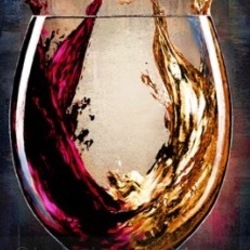
R. López de Heredia
Viña Tondonia Reserva Rioja Tempranillo Blend 2008
The 2008 R. Lopez Heredia ‘Vina Tondonia Reserva’ Rioja is a marvelous effort from this challenging vintage in La Rioja. The wine is a complex blend of Tempranillo (75%), and Garnacho (15%), with Graciano and Mazuelo (5%) that was aged for six years before bottling. The wine is might be showing a bit more depth and concentration than the ’07 bottling while the ’07 is slightly more geared towards finesse. Deep white truffle and wild blackberry notes combine with shades of cinnamon, orange rind and sour kirsch on this gorgeous bouquet. The palate is wonderfully viscous and concentrated. Layers of sour red and ark fruits collide with minerals, smoky terroir and shades of blood orange zest and peat moss on this simply gorgeous palate. Rich and layered, yet having a sterling sense of tension, this magical new wine will cellar well for at least another fifteen years. Drink 2020-2038- 95 — 5 years ago
Six Degrees
California Chardonnay 2017
Melon and vanilla. Very yummy! — 6 years ago
W. & J. Graham's
Six Grapes Reserve Porto Blend
Amazing Port to celebrate my brothers 50th birthday!!!! — 6 years ago
Gordon Estate
Six Columbia Valley Cabernet Sauvignon 2005
Reminds me of chalk Hill. Full body chard. Loved it — 7 years ago
Big Six
3 Months Aged Bourbon Barrel Zinfandel 2015
Really enjoyed this as an evening sipper by itself. Subtle notes of the bourbon barrel, fairly well balanced. Would get again, especially for price. — 8 years ago
Merryvale Vineyards
Beckstoffer Vineyards Clone Six Cabernet Sauvignon 2007
Delicious. Very earthy. — 8 years ago




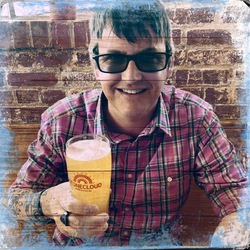





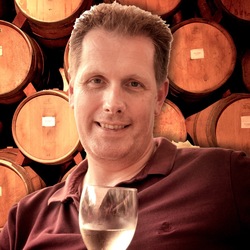
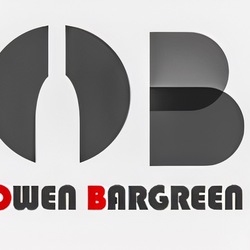
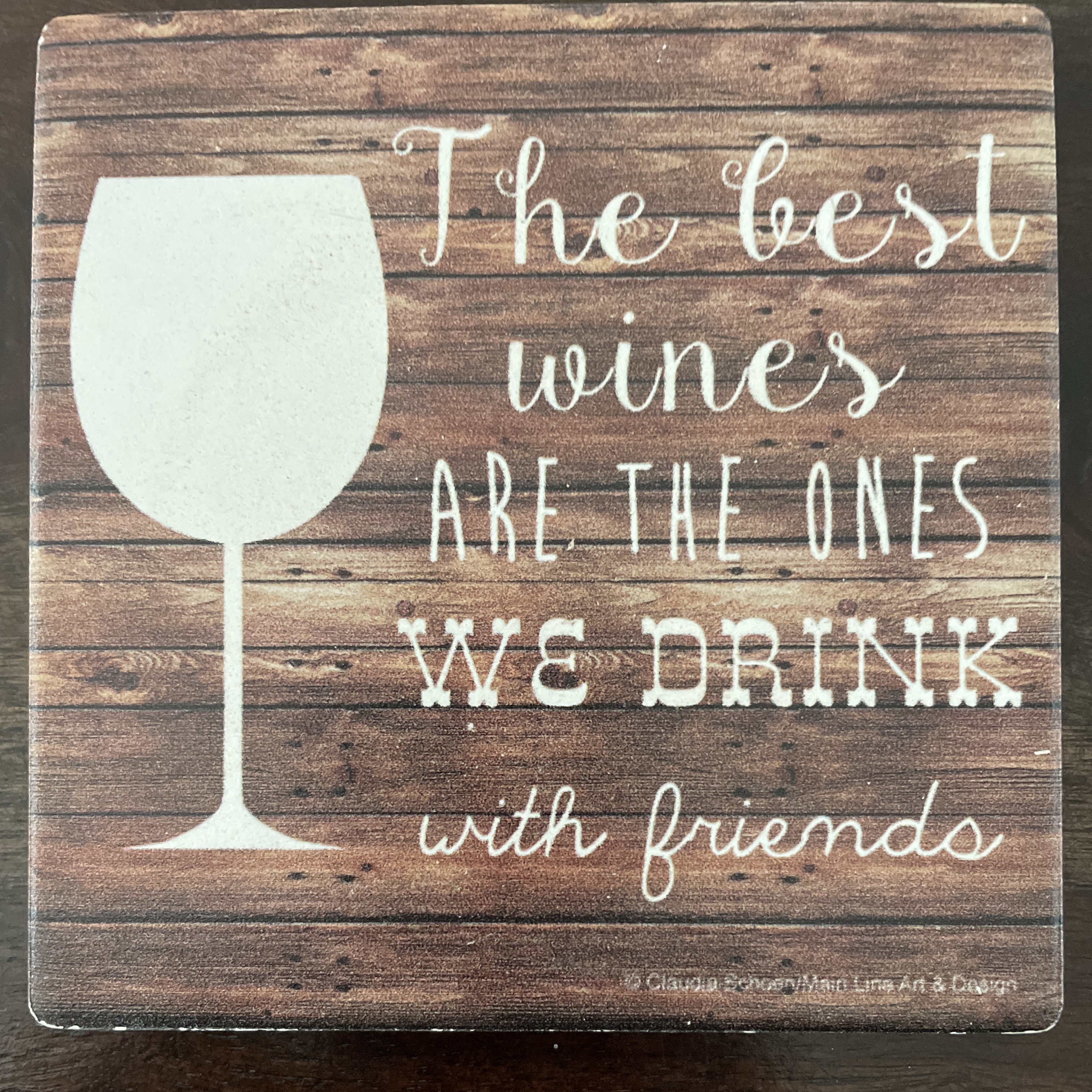


Delectable Wine

Follow to learn about our favorite wines & people.
The estate Chardonnay is a blend of six different vineyards with approximately 20% fermented in new oak barrels. Texturally, this cuvée offers a sense of flow; it is relaxed in its own skin but provides welcome tension on the precise finish thanks to a line of firm acidity that will leave you smacking your lips. The 20% new oak is well integrated, contributing delicate nougat flavors, and allowing the subtle nectarine and honeydew melon flavors to shine on the medium-length finish. (Rebecca Gibb MW, Vinous, November 2020) — 5 years ago